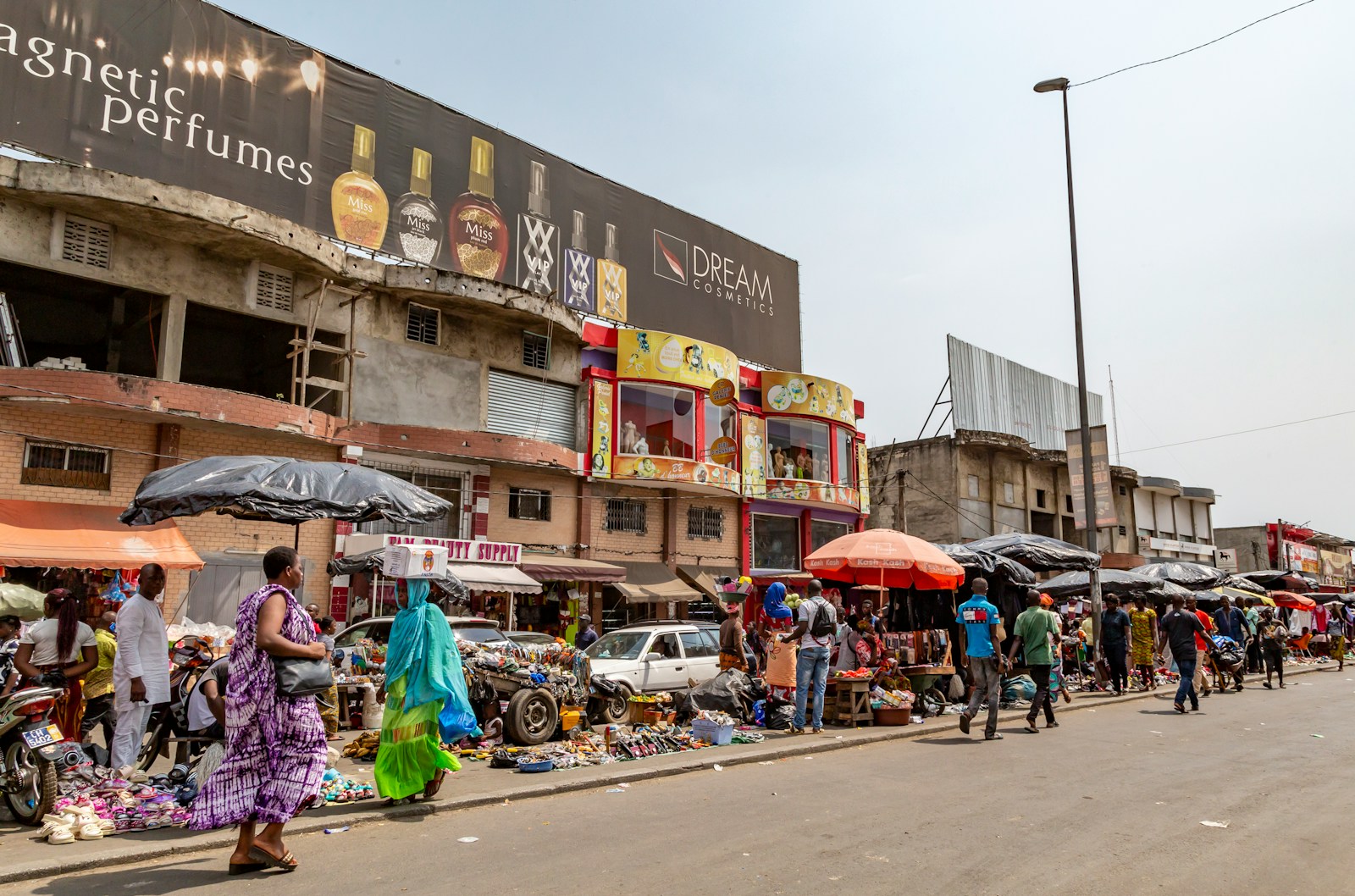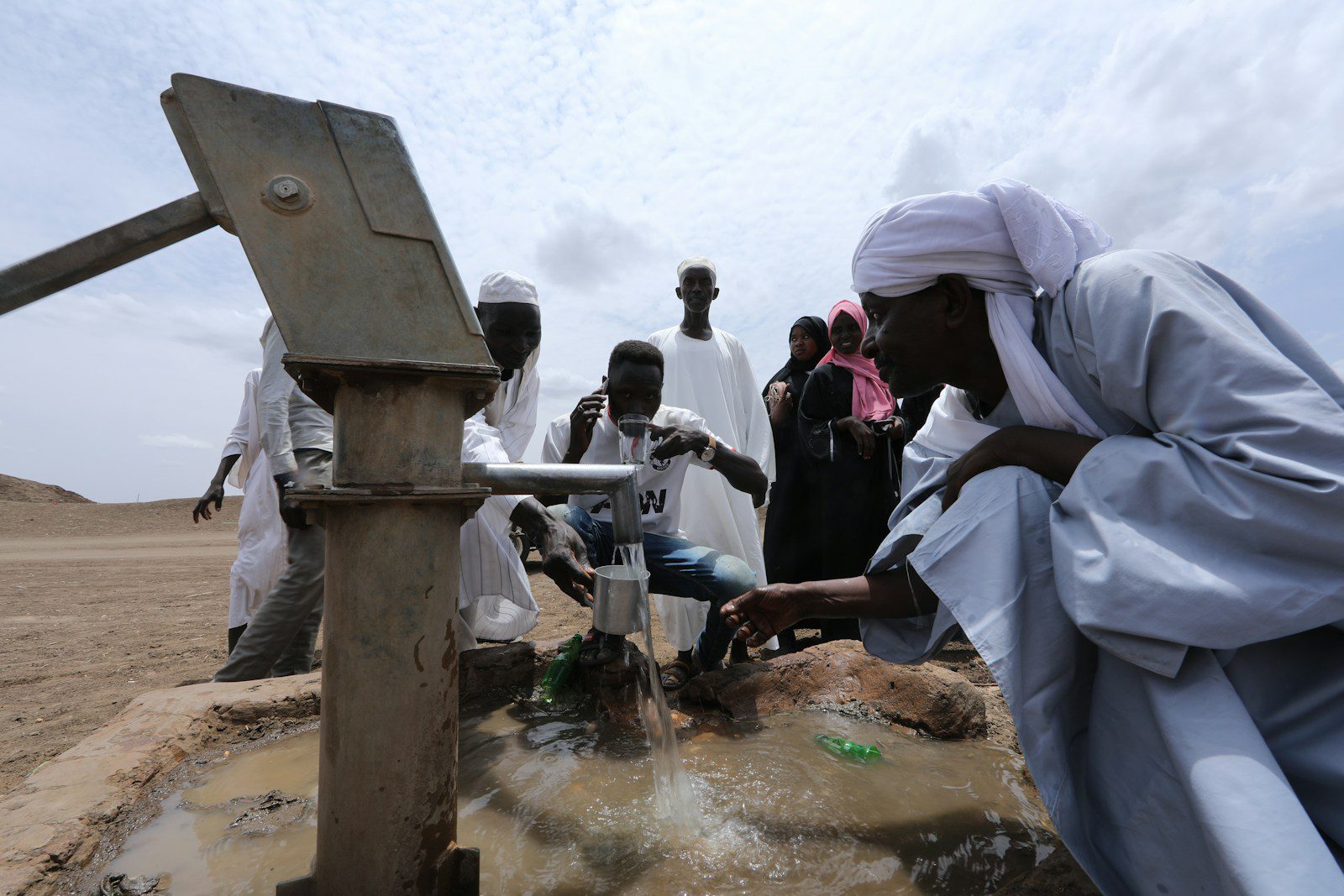
Introduction
Africa’s economic momentum is strengthening as the World Bank raises its growth forecast for Sub-Saharan Africa to 3.8% in 2025, up from the earlier estimate of 3.5%. Factors such as easing inflation, currency stabilization, and robust policy reforms across major economies are driving renewed confidence in the region.
This positive outlook underscores Africa’s resilience, innovation, and potential as a rising hub for global growth and investment.
Africa’s Economic Outlook for 2025
The revised projection reflects improving macroeconomic conditions and better fiscal management in several nations. The World Bank also expects the region to achieve 4.4% annual growth over the next two years, signaling a steady upward trend.
Key economies contributing to this outlook include Nigeria, Ethiopia, and Côte d’Ivoire, where governments are implementing reforms to stabilize currency markets, attract investment, and increase productivity.
Key Drivers of Growth
1. Stabilizing Inflation
Central banks across Africa have implemented responsible monetary policies that are helping control inflation. Price stability boosts consumer confidence, strengthens purchasing power, and encourages domestic demand and business activity.
2. Currency and Exchange Rate Improvements
African currencies are stabilizing, easing challenges in managing imports, foreign debt, and international trade. This stability reinforces investor confidence and strengthens the foundations for sustained growth.
3. Structural and Policy Reforms
Countries like Nigeria and Ethiopia are adopting fiscal reforms, promoting transparency, and encouraging private sector participation. These measures improve investor sentiment, attract capital, and maintain long-term growth momentum.
4. Commodity Market Recovery
The rebound in global demand for oil, gold, and agricultural products has increased revenues for African exporters, supporting fiscal stability and enabling infrastructure investments.
5. Regional Integration and Trade Expansion
The African Continental Free Trade Area (AfCFTA) facilitates intra-African trade by reducing tariffs and improving market linkages. Greater regional cooperation enhances competitiveness and strengthens Africa’s economic resilience.
Emerging Growth Leaders
Nigeria
Africa’s largest economy is recovering through currency reforms, subsidy restructuring, and higher oil production. Improved fiscal policies are expected to support steady GDP growth in 2025 and beyond.
Ethiopia
Focused on industrialization and infrastructure, Ethiopia is benefiting from foreign investment, export diversification, and a growing manufacturing sector.
Côte d’Ivoire
Côte d’Ivoire continues to thrive with strong agricultural exports, a dynamic service sector, and modernized infrastructure driving growth.
Challenges and Continued Focus
While growth is promising, Africa must address key priorities:
- Debt Sustainability: Countries are working to balance investment with responsible debt management.
- Youth Employment: Expanding job opportunities for Africa’s young population is essential for inclusive growth.
- Global Trade Dynamics: Shifts in global markets may affect exports and foreign investment.
Innovative policies, technological adoption, and regional collaboration are helping nations manage these challenges effectively.
The Future of Africa’s Growth
Africa’s economy is poised to become a global growth engine. With over 1.4 billion people, expanding urban centers, and rising digital adoption, the continent presents tremendous opportunities for investors and entrepreneurs.
Institutions like the World Bank and IMF highlight Africa’s potential in renewable energy, agriculture, technology, and manufacturing. Continued investment in education, innovation, and infrastructure will sustain growth and ensure long-term prosperity.
Why the Forecast Matters
The upgraded growth forecast reflects increased economic confidence across Africa. Stable financial environments encourage foreign direct investment, support local industries, and empower communities, driving poverty reduction and improving living standards.
Conclusion
The World Bank’s forecast confirms Africa’s strong economic trajectory in 2025. With inflation easing, currencies stabilizing, and reforms taking hold, the continent is on a path toward inclusive prosperity. Africa is emerging as a pillar of global growth, demonstrating resilience and transformative potential.
FAQs
- What is Africa’s projected growth for 2025?
3.8%, up from 3.5% earlier. - What drives this growth?
Stabilizing inflation, currency recovery, policy reforms, and regional trade. - Which countries lead growth?
Nigeria, Ethiopia, and Côte d’Ivoire. - How does AfCFTA help?
It removes trade barriers and strengthens regional economic integration. - Future outlook?
Africa is expected to grow around 4.4% annually in 2026–2027.



